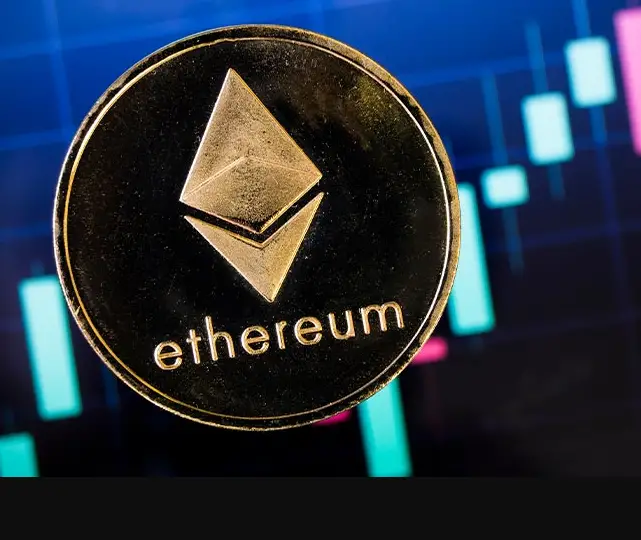Building the Future: A Comprehensive Guide to Ethereum for Developers
As a developer in the ever-evolving world of blockchain technology, understanding Ethereum opens up a world of possibilities. Ethereum, with its smart contracts and decentralized applications (dApps), offers developers a powerful platform to create innovative solutions that go beyond traditional applications. In this blog post, we will provide a comprehensive guide to Ethereum for developers, covering the essential concepts, tools, and resources you need to embark on your journey of building on the Ethereum blockchain.

- Understanding Ethereum: The Basics for Developers: Before diving into Ethereum’s development, it’s crucial to grasp the fundamentals. Familiarize yourself with Ethereum’s architecture, the Ethereum Virtual Machine (EVM), and the role of Ether (ETH) as the native cryptocurrency. Explore the differences between Ethereum and other blockchains, such as Bitcoin, to understand Ethereum’s unique capabilities.
- Smart Contracts: The Building Blocks of Decentralized Apps: Smart contracts are self-executing code that automatically execute when specific conditions are met. As a developer, understanding Solidity, Ethereum’s most popular programming language for smart contracts, is essential. Learn how to write, deploy, and interact with smart contracts, as they form the backbone of many dApps.
- Web3.js and Smart Contract Interaction: Web3.js is a JavaScript library that allows developers to interact with Ethereum smart contracts and the blockchain. Learn how to use Web3.js to integrate Ethereum functionality into web applications, enabling seamless communication with smart contracts and the Ethereum network.
- Truffle Suite: Streamlining Smart Contract Development: Truffle is a widely used development framework for Ethereum that simplifies smart contract development, testing, and deployment. Familiarize yourself with Truffle’s suite of tools, including Truffle Ganache, Truffle HD Wallet Provider, and Truffle Boxes, to streamline your development process.
- Ethereum Development Environments: Setting up a development environment tailored for Ethereum is essential. Explore Ethereum development tools like Remix IDE, a web-based integrated development environment, and Hardhat, a powerful development environment for smart contracts, to find the one that best suits your needs.
- Decentralized Application (dApp) Development: Venture into the exciting world of dApp development on Ethereum. Learn how to create user interfaces that interact with smart contracts and how to handle transactions and data securely on the blockchain. Understand the importance of frontend and backend interactions to build robust and user-friendly dApps.
- Security and Best Practices: Safeguarding Your Smart Contracts: Ethereum development comes with unique security considerations. Learn about common vulnerabilities like reentrancy attacks and how to implement best practices to ensure the security and integrity of your smart contracts and dApps.
Final Thoughts
As a developer, immersing yourself in Ethereum’s ecosystem unlocks a world of possibilities. From creating smart contracts that automate processes to building decentralized applications that challenge traditional norms, Ethereum offers a playground for innovation and creativity.
Keep in mind that the Ethereum landscape is dynamic, with new tools, libraries, and updates continuously emerging. Stay engaged with the vibrant Ethereum community, participate in discussions, attend hackathons, and explore new projects to stay at the forefront of this groundbreaking technology.
By mastering Ethereum’s fundamentals, smart contract development, and dApp creation, you become a vital contributor to the blockchain revolution, building the future of decentralized applications and shaping the destiny of the decentralized world. Happy coding!